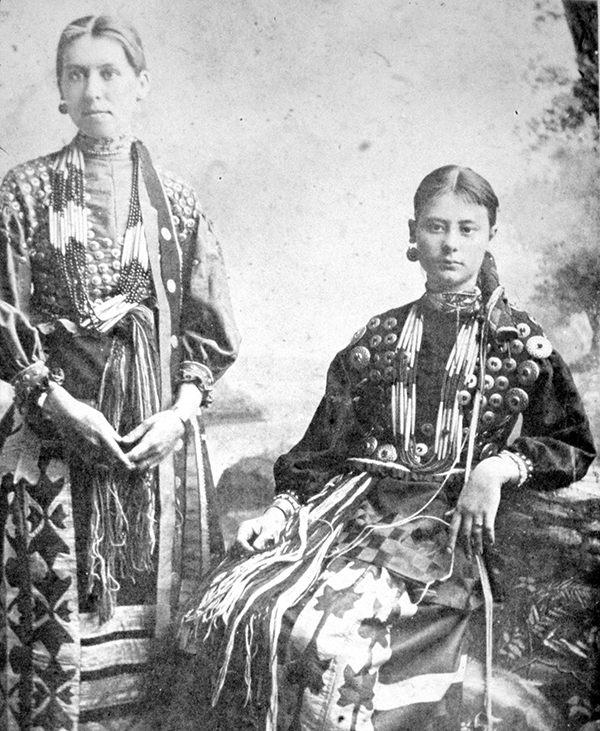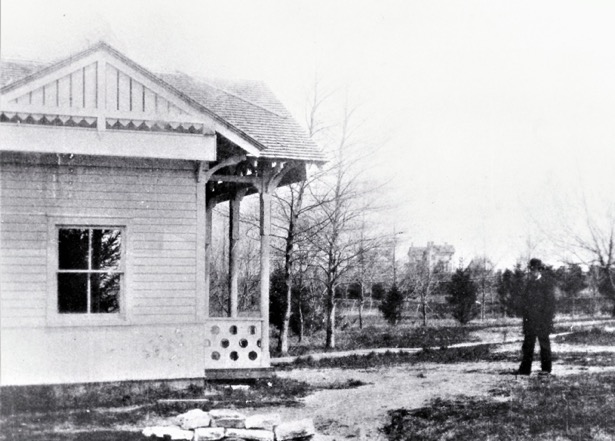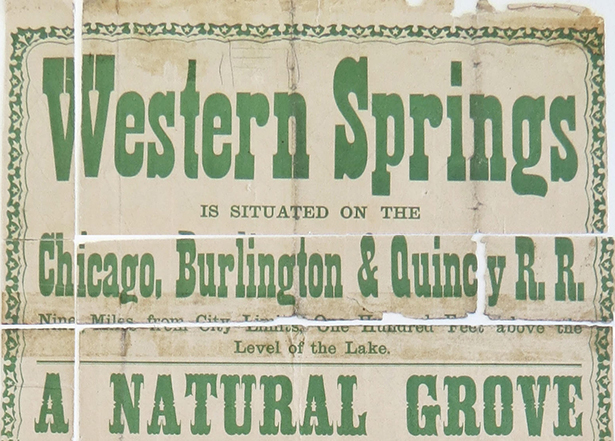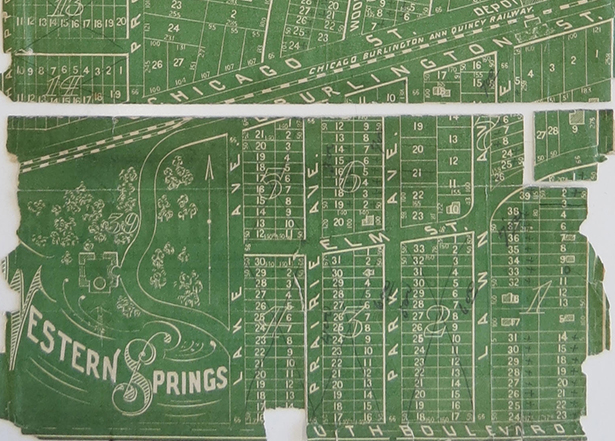Our History
Learn about the early history of our community.

Original Settlers
In the early 1800s, the area around Western Springs was home to the Potawatomi, a Native American people who lived throughout the upper Midwest. The Potawatomi had camps near Salt Creek and Flagg Creek and in the area of Willow Springs. The land was good for hunting and trapping while the local springs provided a reliable source of clean water. The Potawatomi were forced to relocate, primarily to Oklahoma, in the 1830s as part of the U.S. Government policy of Indian Removal.
With the departure of the Potawatomi, a few European settlers started moving into the area. One of the first of those settlers was Joseph Vial, who moved from New York State and purchased land in what is now Timber Trails subdivision. The cabin he built along Plainfield Road in the mid-1830s served as a stagecoach station, hotel, general store, and post office for the region.
However, it was not until 1864, with the advent of the 38-mile Aurora-Chicago railroad, that the population started to increase. It was this railroad which first assigned the name “Western Springs” after the nearby mineral springs. The spring water was thought to have healing powers and had been used by the local Native Americans.

Early Attempts at Development
The first attempts to develop a viable community occurred in September 1870 when a small group of investors headed by Chicago merchant Phillip F. W. Peck purchased a block of land in what is now Old Town North and Old Town South. Mr. Peck’s four sons formed a real estate syndicate with William R. Page, a lawyer, and Thomas C. Hill who was the salesperson for the property. In August 1871, the real estate syndicate recorded their plat for the subdivision of “East Hinsdale,” so named because of Hinsdale’s successful development. The six men originally hoped to attract wealthy families from Chicago looking for a summer home and thought the mineral springs, located in the southeast portion of Spring Rock Park, would be a health spa attraction. In October 1871 much of the Peck fortune was lost in the Great Chicago Fire and the family focused all their energy on rebuilding. Two weeks later the senior Mr. Peck suddenly passed away. These personal tragedies combined with the 1873 bank failures, the stock market crash and deteriorating land values slowed efforts to sell parcels in the East Hinsdale development.


Officially A Village
By 1875, many of the plots had been subdivided into smaller parcels. New streets were established, dividing many of the old blocks in half and the name of the new subdivision was changed to Western Springs for the first time. Additional land to the west of the original subdivision was also annexed to the Village at about this time, completing what is now known as Old Town North. This 1880 map, advertises lots for sale, only a 31 minute train ride from the city with 40 trains daily and a fare of 10 cents.
The settlement was listed by the U.S. Census for the first time in 1880 and in December 1885 a small group of residents narrowly voted to incorporate as a village. Western Springs was on its way! Development continued and in May of 1888, developer R. W. Sweet filed a plat for Fairview Estates at the SE corner of Wolf and 47th Street. This area retains its original boundaries with Springdale to the south and the athletic fields of Lyons Township High School on the east. This quaint section is the smallest, but the second oldest in the village.
In 1892, the iconic Western Springs Water Tower was constructed. It was designed by the firm Williams and Williams. The land was deeded to the village by Charles C. Collins.
